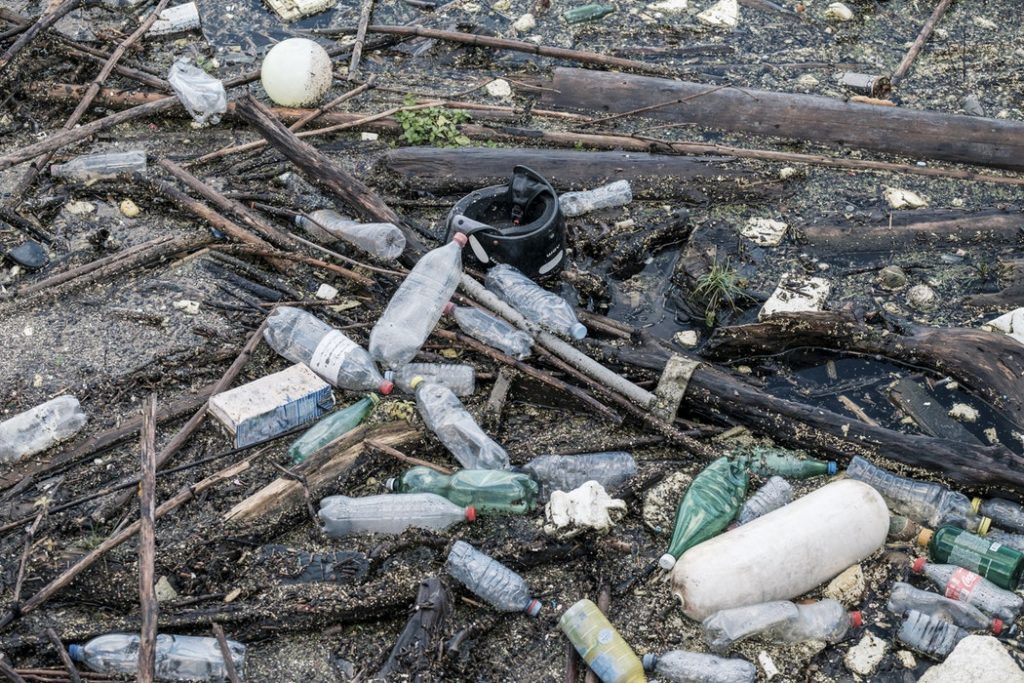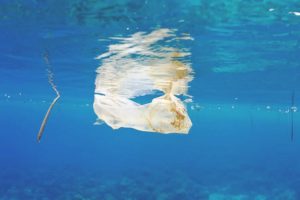The Plastic Crisis in the Philippines – Part 1

Being an ocean lover and conservationist, it brings me to tears seeing the effect that humans have on the ocean. The ocean is precious and should be treated that way. There’s nothing better than the rejuvenation you feel after having a surf, feeling elation and calm at the same time. It’s beauty, strength and mystery are everything that I love about it.

Then come humans. Over fishing, pollution and climate change. The ocean is choking.
More than 8 million tons of plastic ends up in the ocean annually; there will be more plastic than fish in the ocean by 2050.
Unfortunately, the Philippines is one of the biggest culprits. Being the third largest polluter of the oceans globally, not far behind China and Indonesia being the two biggest polluters.
In the Philippines, toxic chemical pollution from industry, human sewage and plastic waste suffocate what once were unspoiled waters. Mismanaged plastic waste amounts to 1.90 million annual metric tons, with 0.75 million annual metric tons of plastic marine debris ending up in global waters.
This blows my mind. If the ocean is polluted, this will have a major impact on the Philippines. From tourism revenue to employment and food sources, the Philippine’s economy would collapse and its people would suffer if its ocean gets contaminated.
The contribution of tourism to the economy was 12.2 % in 2017 which is PhP 1,929.3 billion. Being an island nation that is made up of 7,107 islands, it’s fair to say that a very large percentage of that is ocean related.
Not only will tourism be affected, more than 30 million Filipinos depend on marine resources for survival and around 80% of Filipinos rely on marine products as a daily source of protein.
The Philippines has one of the most populous and biologically diverse ocean eco-systems in the world, but now sadly, only around 5% of the country’s coral reefs remain in good condition.
Single use plastic is one of the biggest problems. Single use plastic bags and packaging are rampant in the Philippines. Every large supermarket or market stall has products covered in plastic packaging or use single use plastic bags. Single use plastic is discarded onto the streets by millions every day, these plastic items then wash into rivers and ultimately end up in the ocean. Not many people realise that it can take up to 1,000 years for plastic to break down in the water. 1,000 years!!!!! That’s a very long time for an item, that is used only once, to breakdown. These items break down into smaller pieces called microplastic. This microplastic is then found implanted in the skin or stomachs of birds, fish, turtles and marine mammals. Basically, the ocean is feeding back to humans, what they are feeding it.
The Philippine’s government and people need to take action at once before it’s too late. Industry needs to take responsibility, but this will only happen when consumers demand a change. Be the change that you want to see in the world.
To be continued…..
Data sources:
Greenpeace, Philippine Seas, 2013
Philippines Statistics Authority
Niall McCarthy, The Countries Polluting The Oceans The Most
Statista, August 7 2018
